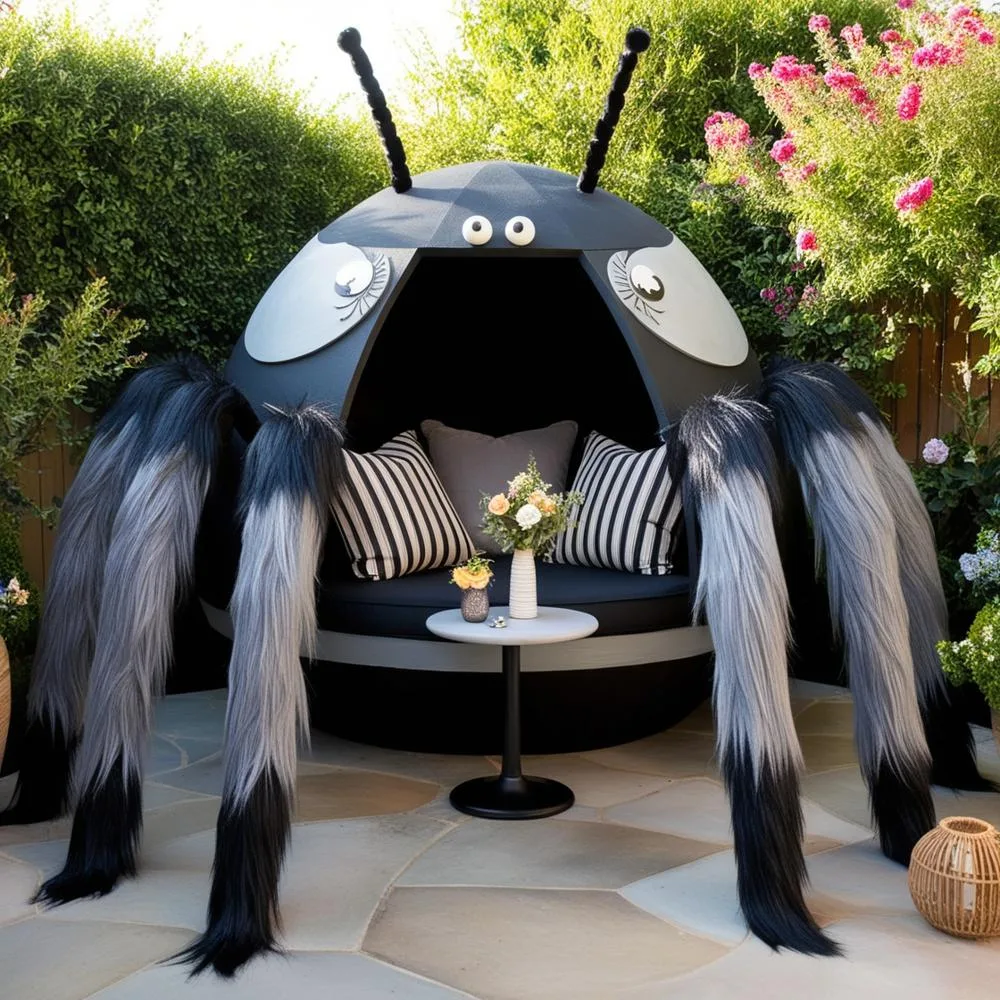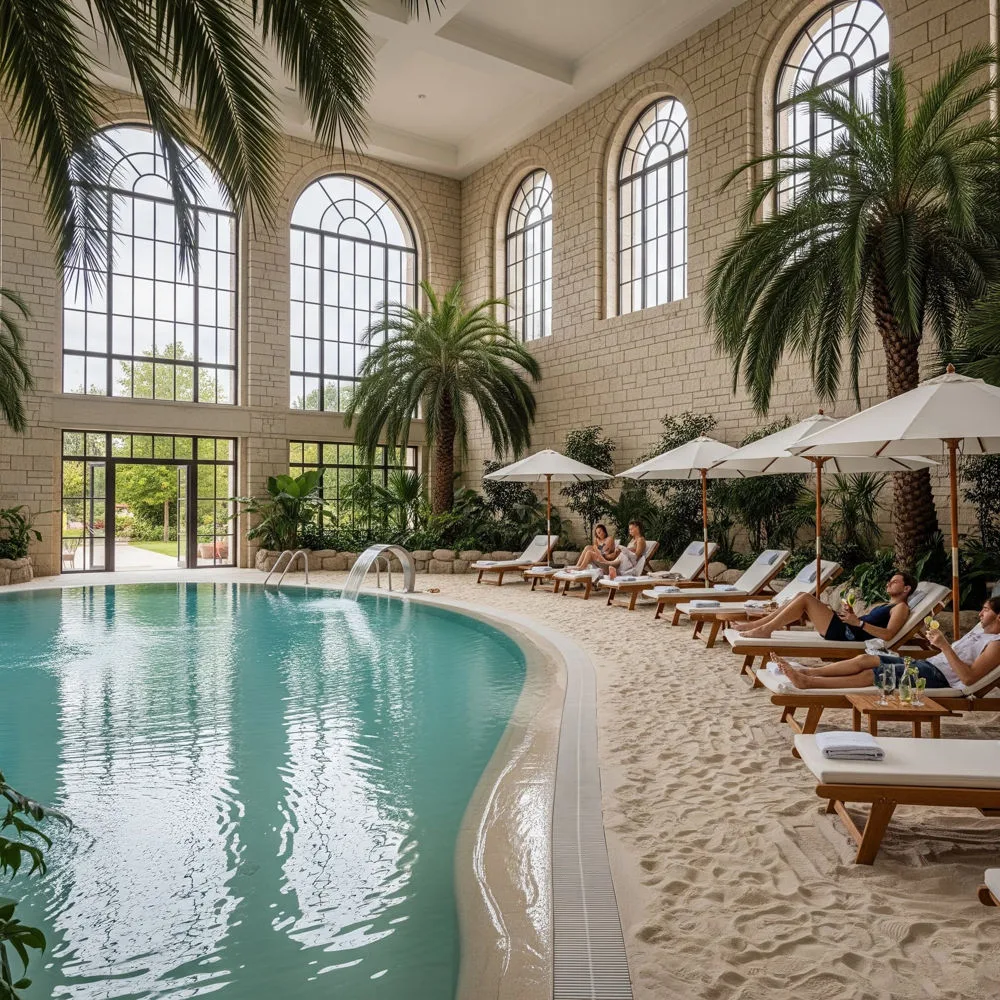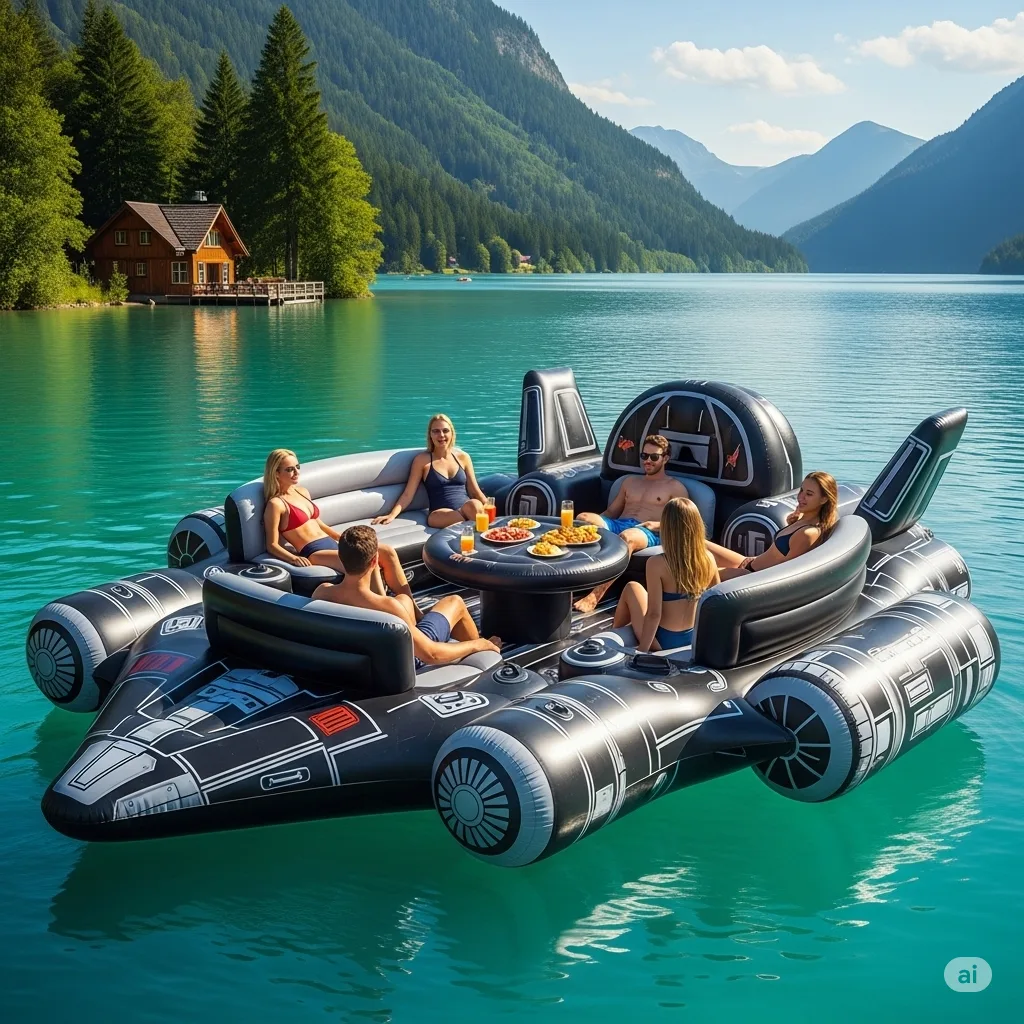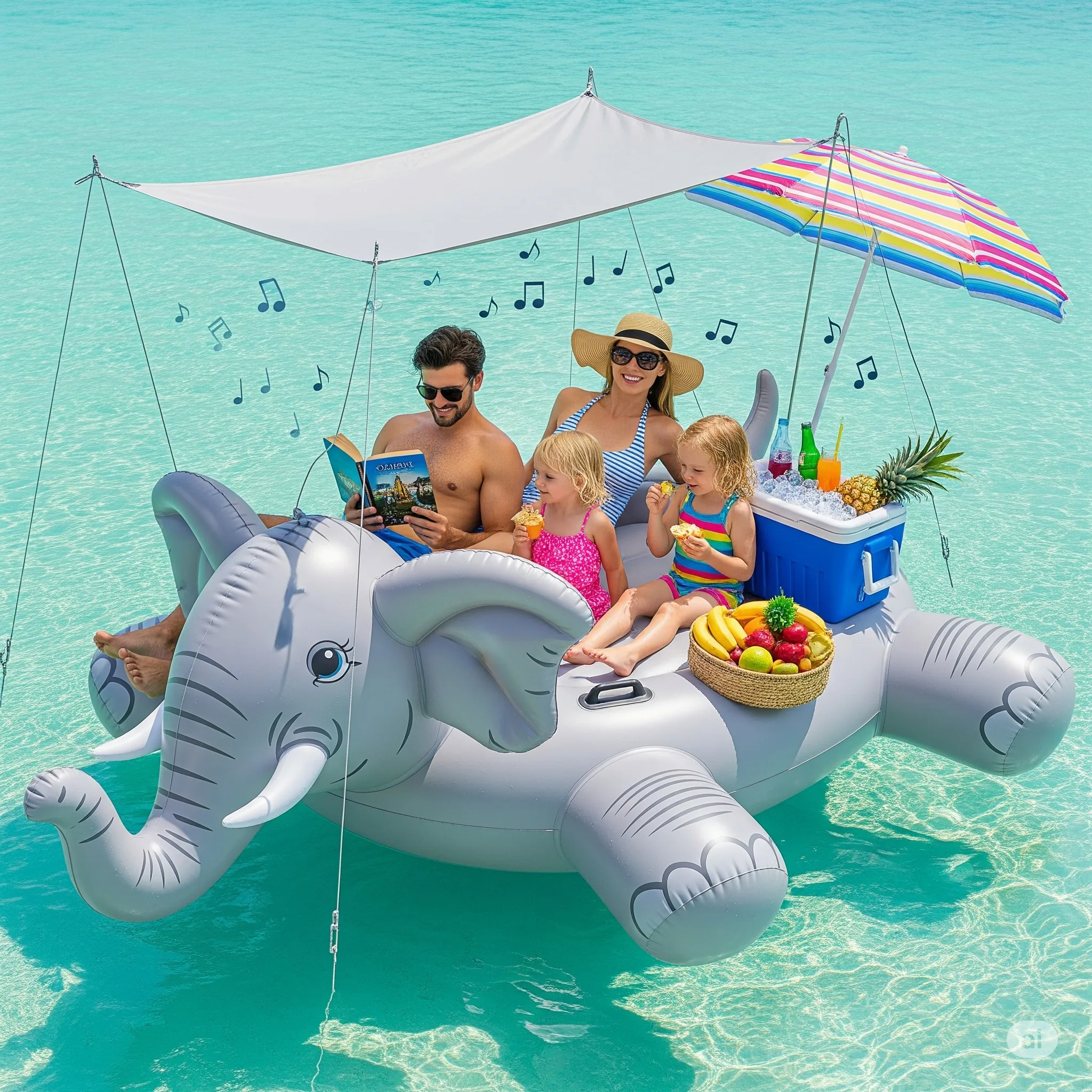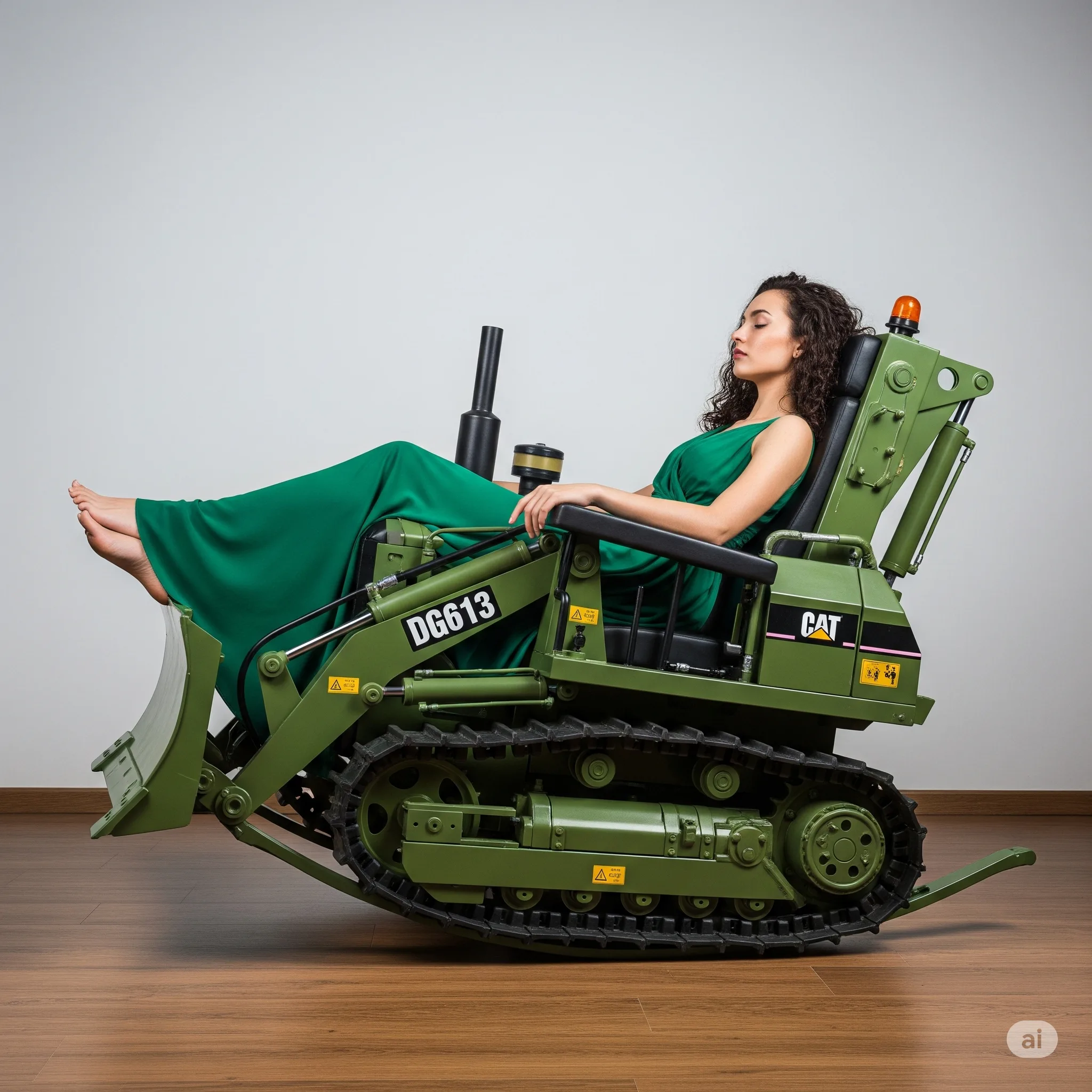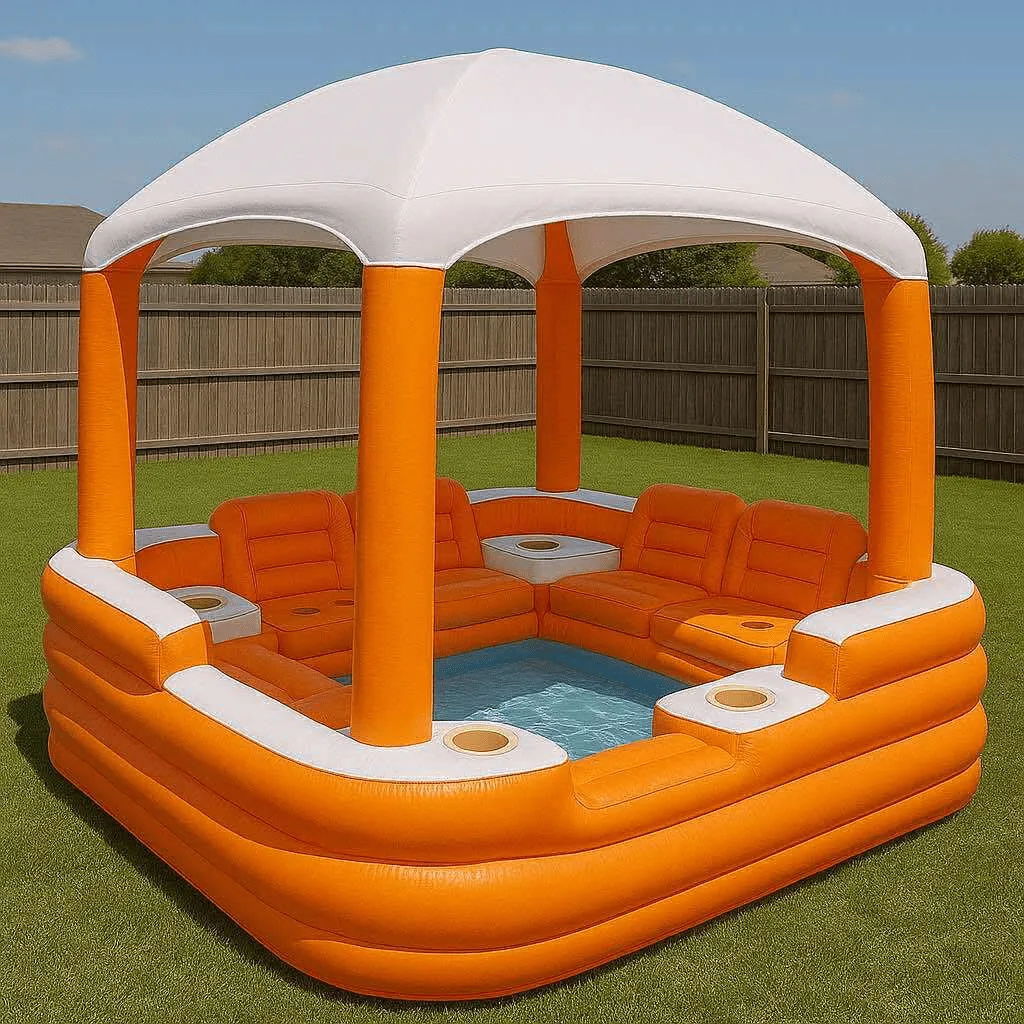Where Nature, Art, and Comfort Converge
Outdoor furniture has undergone a revolution over the past decade, with design pushing beyond utility to encompass creativity, sustainability, and biomimicry. Among the most imaginative and eye-catching developments in this space is the emergence of insect-inspired garden seating pods—functional works of art that merge comfort with the awe-inspiring forms of nature’s smallest creatures.
These seating pods draw inspiration from the intricate structure of insects—beetles, butterflies, dragonflies, ladybugs, and more—offering outdoor dwellers a visually rich and immersive experience. As people seek to reconnect with the natural world in their gardens, patios, and parks, insect-inspired designs represent a perfect fusion of aesthetics, ergonomics, and ecological consciousness.
This article explores the creative vision behind insect-inspired garden seating pods, their design variations, the psychological and emotional impact they have, and their role in modern outdoor living trends.
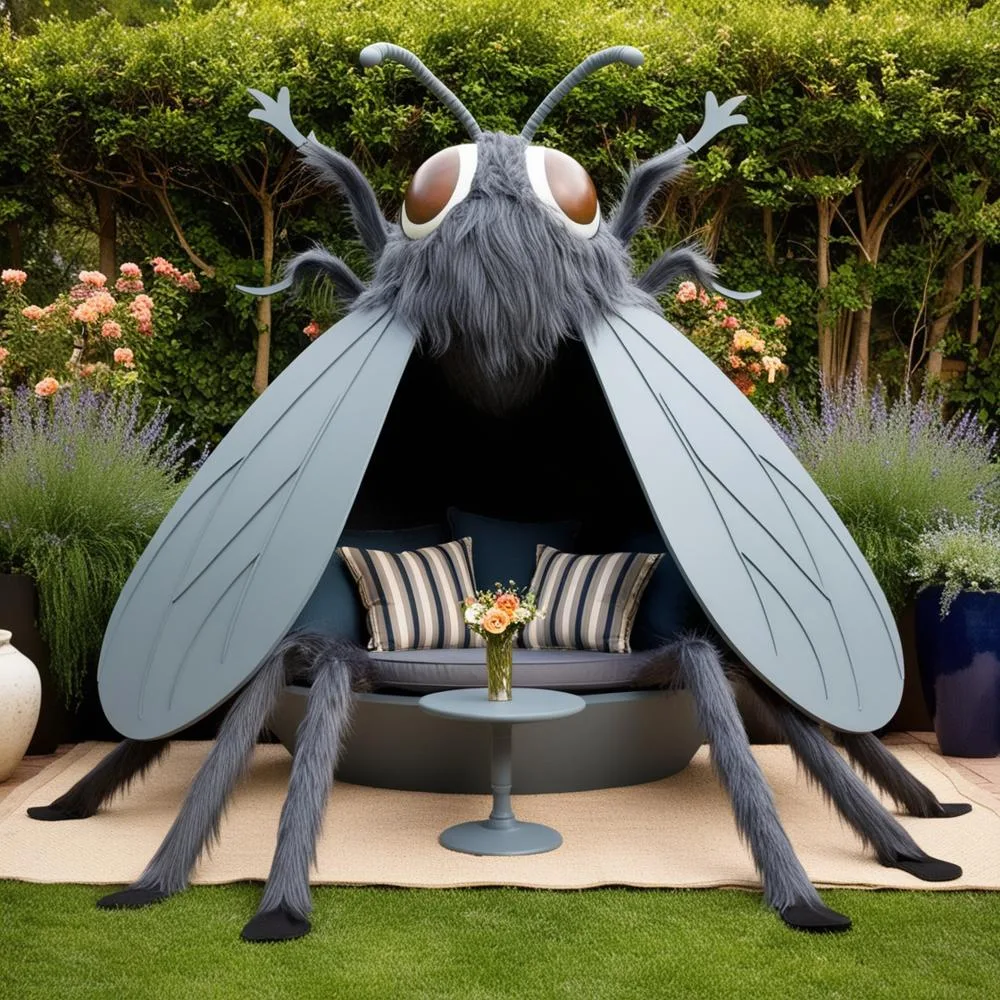
The Allure and Functionality of Insect-Inspired Garden Seating Pods
The Philosophy Behind Nature-Inspired Design
Biophilia and Biomimicry in Outdoor Spaces
The trend toward biophilic design—an architectural philosophy that encourages the incorporation of nature into built environments—has made a deep impact in both interior and exterior design. Biophilic principles suggest that human well-being improves when we are surrounded by natural forms, textures, and motifs.
Insect-inspired garden seating pods are rooted in biomimicry, where the complex anatomy of insects serves as a muse for artistic and structural design. Their segmented shapes, wing-like panels, and cocooned enclosures mimic the elegance and ingenuity of insects in a way that appeals to both our senses and subconscious.
For example, a pod modeled after a beetle shell may open and close, providing shelter or ventilation. A butterfly wing design might include wide, flaring structures that create both shade and spectacle.
Aesthetic Variety and Artistic Expression
From Beetle Carapaces to Butterfly Wings
The spectrum of styles within the insect-inspired category is astonishingly wide. Designers reinterpret specific insect characteristics into seating forms that range from minimalist cocoons to vividly expressive sculptures.
- Beetle-Inspired Pods: Often domed or ridged like a scarab’s back, these offer robust structures with partial enclosures for privacy and sound insulation.
- Butterfly and Dragonfly Styles: These frequently feature outspread wings as backrests or canopies, with intricate metal or resin frames that create beautiful light-and-shadow effects.
- Caterpillar Pods: Designed like curling segments, these pieces evoke softness and protection, often found in lounge-style or hammock-like designs.
- Beehive-Inspired Clusters: Modular seating pods arranged in honeycomb formations, encouraging both privacy and communal interaction.
These pods are typically crafted from weather-resistant materials like fiberglass, resin wicker, UV-stabilized polymers, metal frames, and eco-conscious composites. Customization options can include organic paints, recycled textiles, and even solar-powered LED lighting.
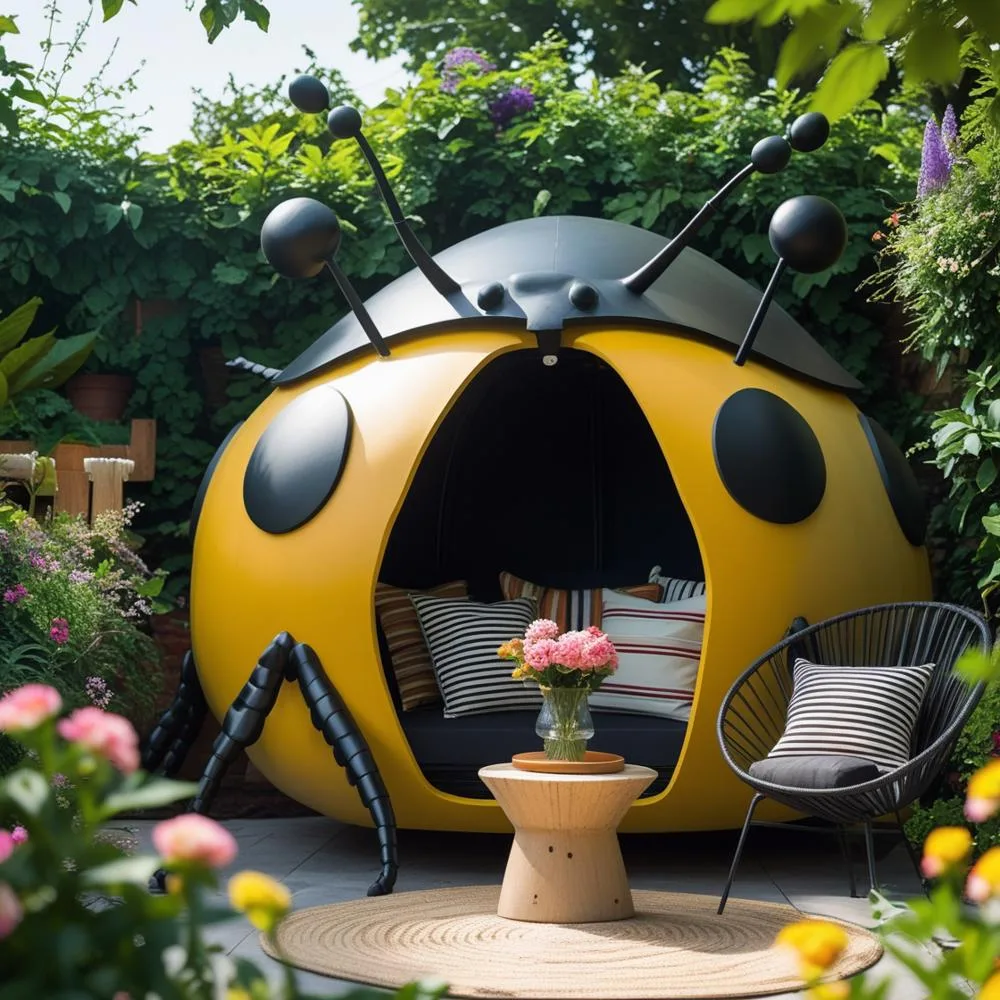
Functional Excellence Meets Imaginative Comfort
Shelter, Privacy, and Relaxation in One Pod
While their designs attract the eye, insect-inspired garden seating pods are built to deliver comfort and function. Their domed or canopied structures provide several key advantages:
- Shade and UV Protection: Large wings or shell-like hoods help protect from the sun.
- Acoustic Softening: Enclosed shapes reduce ambient noise, creating a tranquil micro-environment.
- Privacy in Shared Spaces: Perfect for gardens, resorts, or spas, pods offer partial seclusion.
- Adaptability: Many pods are modular or mobile, making them easy to reposition with the season or mood.
Internal features often include plush weatherproof cushions, integrated lighting, Bluetooth speakers, and fold-out tables, making them equally suitable for solo relaxation, intimate conversations, or stylish entertaining.
Insect-Inspired Pods as Sustainable Statements
Eco-Conscious Construction and Symbolism
Many designers of insect-inspired garden seating pods take sustainability seriously. The use of recycled or upcycled materials, low-VOC coatings, and local sourcing aligns the physical production with the eco-message implied by the designs themselves.
But sustainability isn’t just material—it’s symbolic. Insects are often unsung heroes of ecosystems. Pollinators like bees and butterflies are essential to plant life, while beetles and ants play key roles in decomposition and soil health. These pods don’t just look like insects—they invite users to reflect on the balance between humans and nature.
In botanical gardens and eco-retreats, such pods are often placed near pollinator gardens, wildflower beds, or educational signage. The goal? To remind visitors of the natural intelligence and harmony that insects represent.
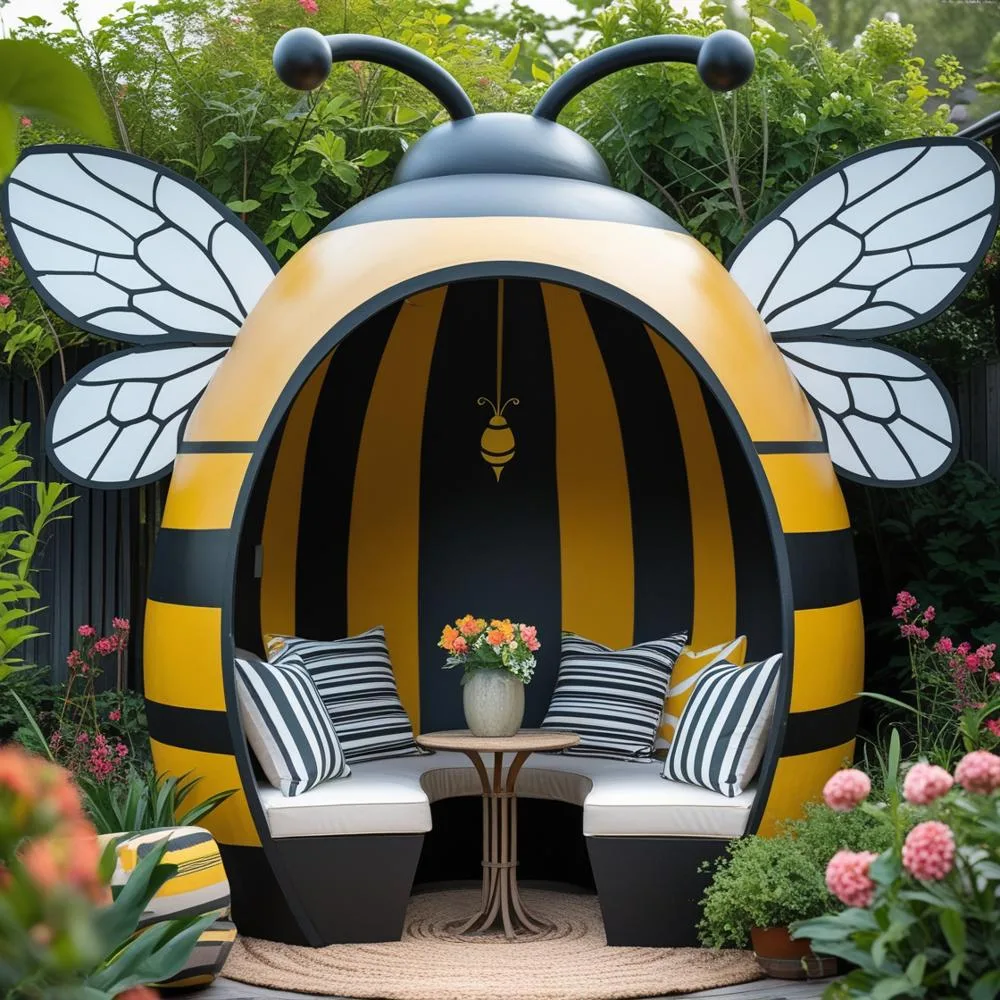
Popular Use Cases and Environments
Gardens, Resorts, Schools, and Public Parks
The versatility of insect-inspired seating pods allows them to thrive in a variety of settings:
- Private Gardens and Backyards: They serve as meditative retreats or imaginative playspaces for children.
- Eco-Resorts and Spas: Often used for outdoor lounging, spa relaxation, or romantic private dining.
- Public Art Installations: Pods double as functional sculptures, inviting the public to interact.
- Educational Campuses: Used in schoolyards or nature centers to spark curiosity and teach environmental awareness.
- Hospital Healing Gardens: These tranquil pods help support mental wellness through comfort and immersion in nature.
Whether used to read a book in peace, host an outdoor tea session, or simply watch butterflies dance through a meadow, these pods enhance any landscape with purpose and wonder.
Customization and Emerging Technology in Pod Design
Smart Features and Artistic Collaboration
Modern insect-inspired garden seating pods are increasingly blending art with smart technology. Some notable innovations include:
- Solar Power Integration: Panels on the shell or wings provide power for lights, fans, or USB charging ports.
- Augmented Reality (AR): In public installations, AR features may allow users to scan a QR code and learn about the insect that inspired the design.
- Smart Lighting: Motion-activated or app-controlled LED lighting mimics fireflies or soft bioluminescence.
- Soundscapes: Built-in speakers may play calming forest sounds or insect-inspired music.
Collaborations between designers, architects, entomologists, and environmental artists have led to limited-edition or one-of-a-kind pods that serve as centerpiece installations. These often appear in design exhibitions and public gardens to highlight biodiversity and the role of art in sustainability.
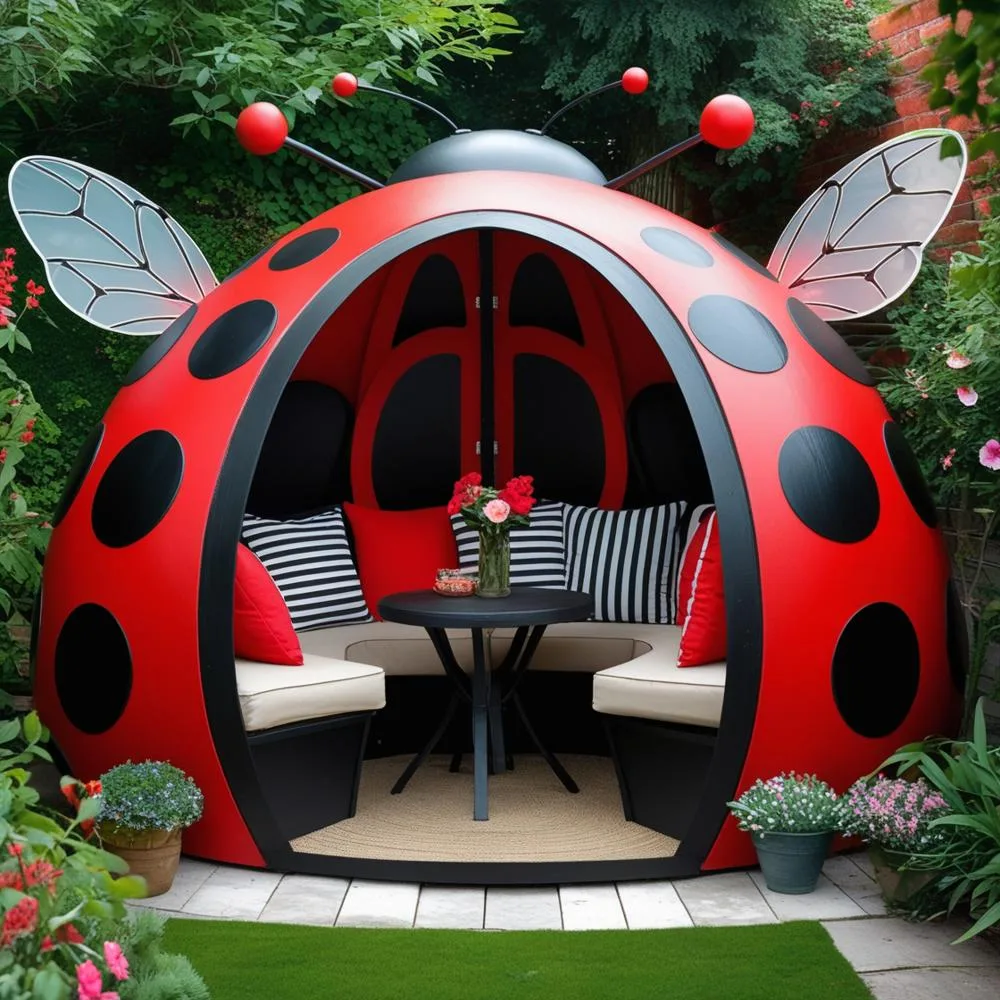
Where Imagination and Ecology Embrace
Insect-inspired garden seating pods are more than just beautifully designed outdoor furniture—they are expressions of humanity’s evolving relationship with nature. Drawing from the forms, patterns, and symbolism of insects, they bring attention to the overlooked elegance of the natural world while offering comfort and tranquility to their users.
In a time when ecological awareness is rising and urban life continues to dominate, these pods represent a retreat—a cocoon of calm inspired by some of the planet’s most essential and fascinating creatures. They invite users to relax, reflect, and reimagine their outdoor spaces not just as places to sit, but as immersive environments that celebrate life in its tiniest forms.
Whether you’re a homeowner looking to transform your garden into a sanctuary, a landscape architect designing a sustainable outdoor lounge, or simply a lover of unique functional art, insect-inspired seating pods offer a magical intersection of design, emotion, and purpose.

